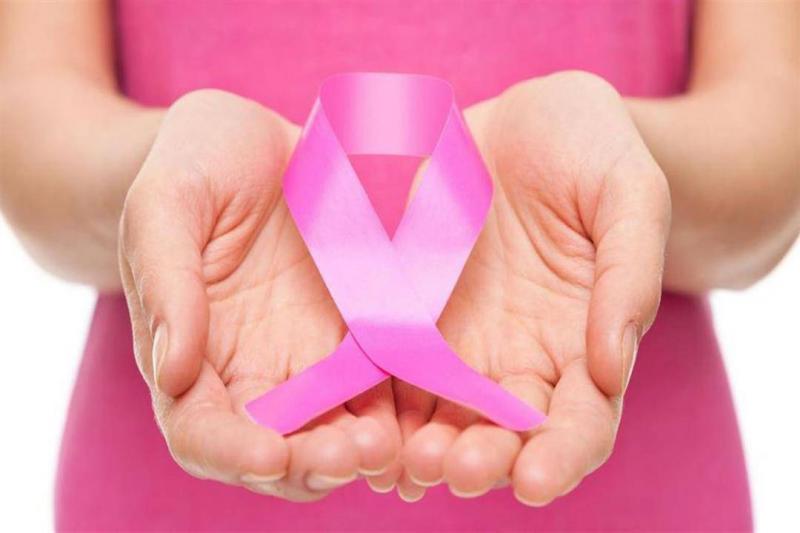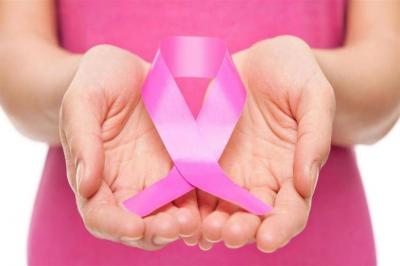Scientists have reported that breast cancer mortality rates among women under the age of 40 are increasing for the first time in over 30 years. The number of young women dying from breast cancer had steadily declined since 1987, but after 2010, this number has seen a slight increase.
Statistics have shown a decrease in breast cancer mortality rates for women of all ages since 1989; however, between 2010 and 2017, mortality rates for women aged 20 to 39 rose by 0.5% annually. Scientists now expect this trend to continue. Notably, the long-term decline in breast cancer mortality among women in the United States is attributed to improved treatment and increased rates of mammography use starting from the early to mid-1980s.
In the new study, researchers identified breast cancer mortality trends among females by age groups over a 10-year period based on recent data from the National Center for Health Statistics. The analysis showed that between 2010 and 2017, breast cancer mortality rates among women aged 40 to 79 decreased by 1.2% to 2.2% annually. However, researchers reported that mortality rates increased by 0.5% annually among women aged 20 to 39.
The expectation of a significant rise in breast cancer mortality is noteworthy, as breast cancer is the most common non-skin cancer and the second leading cause of cancer-related deaths among women in the United States, accounting for 30% of all cancers affecting women. Although most breast cancer cases occur in women aged 40 or older, 4-5% of cases occur in women under 40, according to scientists.
Moreover, the principal author of the study, Dr. Edward Hendrick, a clinical professor in the department of radiology at the University of Colorado School of Medicine in Aurora, stated, "It is clear that mortality rates among women under 40 are no longer decreasing, and I estimate that in two to three years, the mortality rate will rise significantly among these women." It is also suggested that the changing mortality rates among younger women could be linked to an increase in breast cancer cases at advanced or metastatic stages.
Furthermore, an analysis of diagnoses of invasive breast cancer found that rates of breast cancer at advanced stages have increased by more than 4% annually since 2000 among women aged 20 to 39, a rate of increase significantly higher than that for women aged 40 and older.
Regular mammography for younger women may be a wise choice: unlike treatments for breast cancer, screening recommendations for early detection vary by age. Women aged 40 and older are advised to have mammograms, with more than half reporting they undergo regular screenings. In contrast, women under 40 are not screened unless they are known to be at high risk for breast cancer. According to researchers, the continuous decline in mortality rates among women over 40 may reflect the benefits of regular screening in this age group. The study's authors wrote that the difference in mortality trends between women under 40 and those over 40 is further evidence of the essential role mammography plays in reducing breast cancer mortality.




